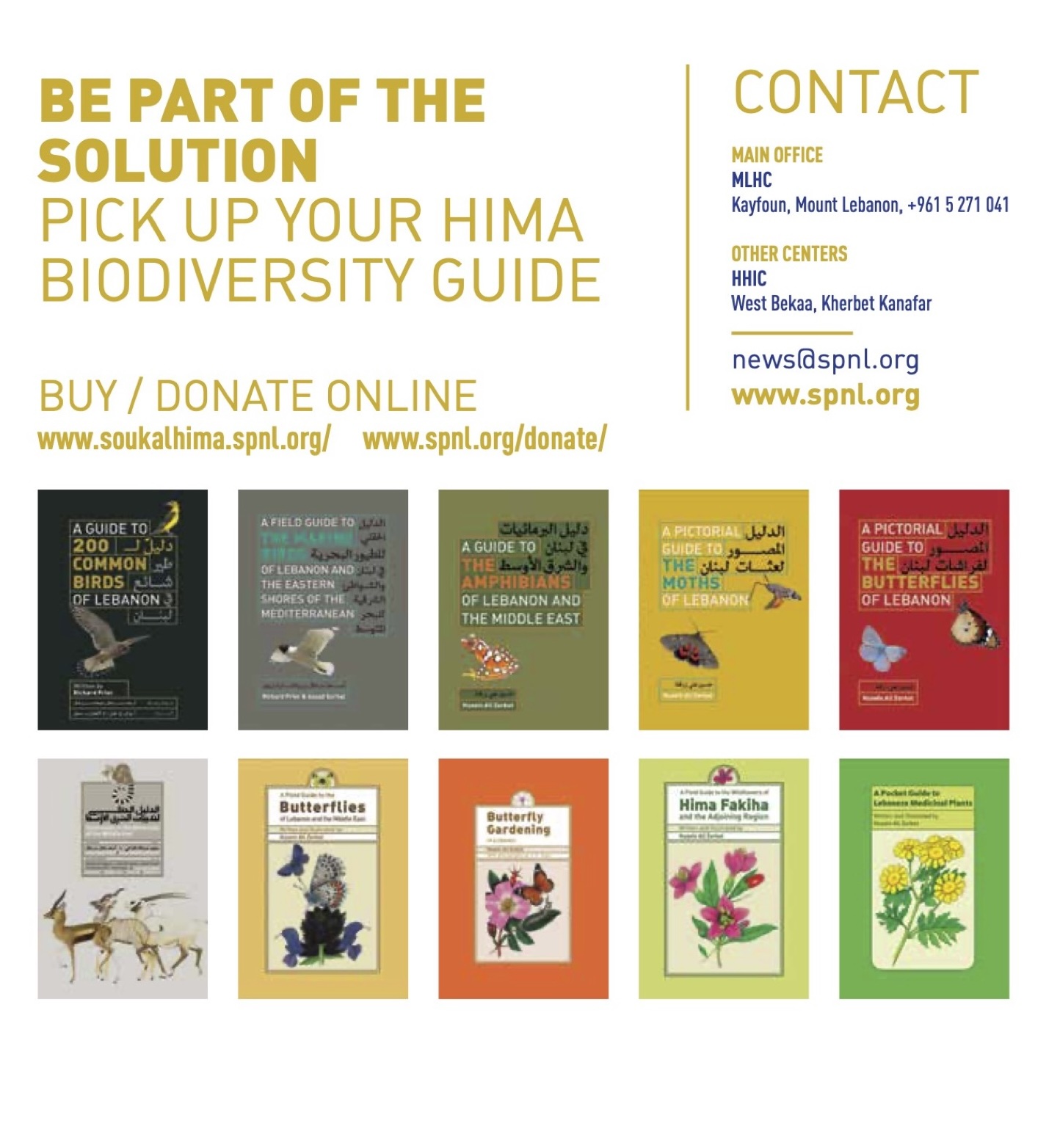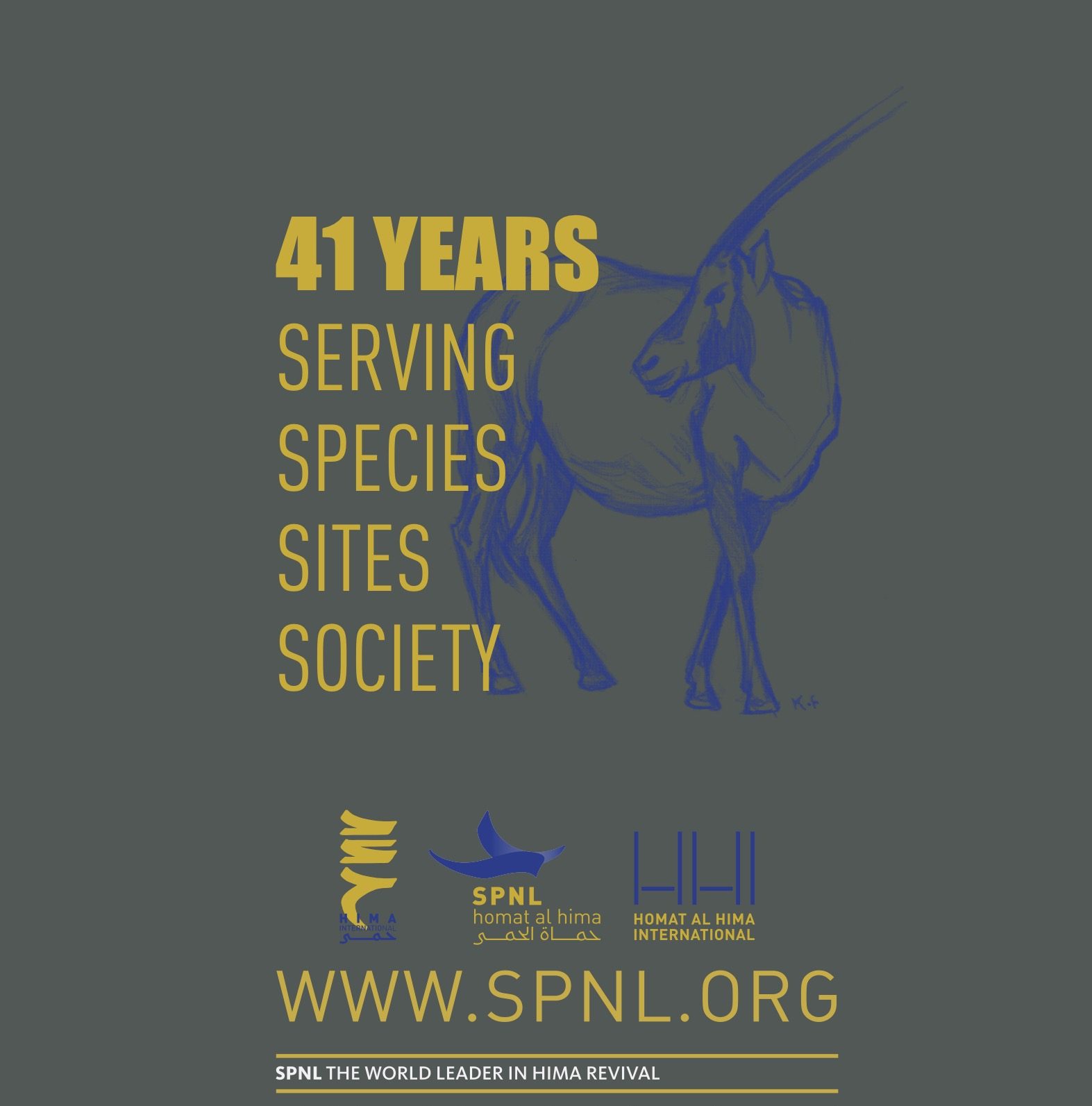The carol “The Twelve Days of Christmas” may soon need to become one verse shorter as a European partridge is listed as Near Threatened. Meanwhile, paradise is restored for one flycatcher, proving that conservation can achieve great things. Explore these and more in our round-up of fascinating under-the-radar findings from this year’s Red List update…
1. Red-legged Partridge loses its pear tree
This might not be the Christmas news you want to hear, especially in 2020. But this year, another bird species from the popular carol “The Twelve Days of Christmas” has been reclassified to a higher threat category on the IUCN Red List. The Red-legged Partridge Alectoris rufa, a colourful, instantly recognisable gamebird, has been classed as Near Threatened in this year’s update. The other bird named in the carol is the European Turtle-dove Streptopelia turtur, listed as Vulnerable since 2015. Both species are thought to be declining for similar reasons, including agricultural intensification, habitat loss and unsustainable hunting.
Although the Red-legged Partridge is commonly seen on farmland across southwest Europe, agricultural practices are becoming more and more intense, homogenising the mosaic of different habitats it needs to nest and feed. These include field margins, hedgerows and orchards (including pear trees!). Over-hunting probably had a hand in this, too: according to recent research, over 60% of its estimated population may be shot each year – just another sign that we desperately need to make both farming and hunting practices more sustainable.
2. Status of mysterious volcanic island birds revealed

Vanatinai Island, also known as Tagula, is a remote volcanic island in the southwest Pacific, 360 km southeast of Papua New Guinea. With its dense wooded mountain range jutting through smoky wisps of cloud, it resembles Jurassic Park, and for many years its bird species were as mysterious as the dinosaurs they evolved from. Due to the island’s remote, inaccessible landscape, little scientific research had been conducted, and until now some species have been classed as “Data Deficient” on the Red List.
This year, for the first time, we now know enough to properly assess the status of three species: the Tagula Honeyeater Microptilotis vicina, Tagula Butcherbird Cracticus louisiadensis and Tagula White-eye Zosterops meeki. And it looks like we’ve done so just in time, because two of the species – the Tagula Butcherbird and Tagula White-eye – are Near Threatened. Logging, agricultural expansion and commercial gold prospecting are destroying their rainforest habitats. These vital new discoveries came in large part from research lead by one scientist, William Goulding, whose ambition is to improve knowledge of all the endemic bird species of Tagula and the wider Louisiade Archipelago. His research projects employ and train local people and include public education and awareness-raising campaigns among island communities.
3. Junín Grebe swims against tide of extinction

Another species came off the Critically Endangered list this year thanks to the hard work of scientists, government agencies and local people. The Junín Grebe Podiceps taczanowskii is a unique, flightless diving bird found only Lake Junín in the Peruvian highlands. Sadly, in the 20th century, the home it had adapted to so perfectly became a polluted prison, degraded by runoff from mining activities and sewage. Worse, its nesting areas would suddenly and fatally dry out as water was extracted to supply hydroelectric plants. By 1993, just 50 birds survived, and the fate of the entire species hung in the balance.
Thankfully, its plight did not go unnoticed. The lake was designated a Ramsar wetland of international importance and an Important Bird & Biodiversity Area, and in 2002 the Peruvian government passed an emergency law to clean large areas of water and place greater restrictions on water extraction. As part of BirdLife’s High Andean Wetland project, we helped Peruvian conservation group ECOAN to set up long-term research and community education programmes. The species has become a flagship for High Andean Wetland conservation, and while the tide hasn’t completely turned – it is still Endangered – it is definitely heading in the right direction.
4. Audouin’s Gull in sudden colony collapse

Following a population increase and range expansion in recent decades, nobody expected that Audouin’s Gull Larus audouinii, a well-known Mediterranean seabird, would again become Vulnerable to extinction. Alarm bells began ringing when researchers reported the collapse of its largest breeding colony, at the Ebro Delta in northeast Spain, after several years of very low breeding. Although some birds are relocating and forming new colonies, overall numbers have been in steep decline since 2010 – which is what you might expect when the site that hosted two-thirds of its global population becomes unliveable.
So, what happened at the Ebro Delta? It seems to be a combination of factors, all of them manmade. On land, the loss of suitable habitat meant that, when predators started to naturally increase around the breeding site, the gulls had nowhere else to flee to. Indeed, many of the relocated colonies are in suboptimal habitats such as shipping ports. Problems also persist out at sea. Unusually for large gulls, Audouin’s Gull is a specialist fish eater rather than a scavenger, so is threatened by overfishing. The species is also a common victim of accidental “bycatch” by fishing vessels. And although we don’t yet know the full picture, this year’s Red List update has shown us where to look.
5. Seychelles Paradise-flycatcher: paradise restored

Great news for the Seychelles Paradise-flycatcher Terpsiphone corvina, a stunningly iridescent songbird, whose name, Terpsiphone, means “delightful voice” in Greek. As of this year, the species is no longer considered Critically Endangered. Formerly confined to La Digue island in the Seychelles, its population has steadily increased over the past two decades and has been successfully reintroduced to another part of its former range, Denis Island. The new colony is growing and thriving, and the flycatcher’s melodious, whistling call can be heard throughout the island’s forests, which are now predator-free thanks to an ongoing habitat restoration programme. A third population was introduced to Curieuse Island in 2018-2019, and has already started breeding successfully.
This heartening success is the result of years of hard work by Nature Seychelles (BirdLife Partner) and its collaborators. Together, they established a nature reserve from scratch, together with an education centre and a large-scale public awareness campaign. This included a drive to set up water baths at schools and community centres, to help all birds survive the dry season. The flycatcher is still classed as Vulnerable, and much of its habitat is still threatened by development projects, but its home is at least one step closer to paradise.
6. Local love of Black-necked Crane aids its recovery

The Black-necked Crane Grus nigricollis has moved one category closer to safety this year, from Vulnerable to Near Threatened – a shining example of the power of protected areas and habitat restoration. This majestic waterbird makes its home on the wetlands of the Tibetan plateau in western China, as well as adjacent parts of northern India and Bhutan. Over the years, this habitat has been encroached on by intensive agriculture and urbanisation.
Fortunately, there is already a lot of love for the bird in the community. It is revered in Buddhist traditions, and culturally safeguarded across much of its range. And while the birds are wary of humans, they sometimes become accustomed to local people who do not disturb them. In fact, according to findings from the BNHS (BirdLife in India), the cranes appear to be able to distinguish people in traditional dress, and are especially wary of others. This presented the unique opportunity to raise awareness and engage local people in the bird’s protection. Every year in November, Bhutan holds a festival to raise awareness of crane conservation, and the Black-necked Crane is the state bird of Jammu and Kashmir, India. With a recovering population and nature reserves being respected, the future looks bright.
7. Campbell Teal: home at last

This year, the Campbell Teal Anas nesiotis becomes another success story in New Zealand’s ongoing ambition to control invasive species and restore its habitats’ natural equilibrium. Unusual in that it is both flightless and nocturnal, this small, iridescent dabbling duck has been reclassified from Endangered to Vulnerable. This is particularly impressive since it was thought extinct for many years after being wiped out by Brown Rats on its native home, Campbell Island, 700 kilometres south of mainland New Zealand. However, in 1975 it was rediscovered on Dent Island, a tiny nearby islet that had remained rat-free. The race was now on to restore this small, fragile population to its former range.
After much trial and error, conservationists successfully got this choosy bird to breed in captivity. An “insurance population” was released on Codfish Island, which was already pest-free and intensively managed for the Kakapo Strigops habroptila (Critically Endangered). Restoring the larger, remoter and more rugged Campbell Island was a far more ambitious affair, with the New Zealand Department of Conservation using helicopters to drop bait across the whole island. In 2004, after almost a century away, the species was brought back home, and has been thriving ever since.
Source: https://www.birdlife.org/worldwide/news/red-list-2020-seven-things-you-might-have-missed?






